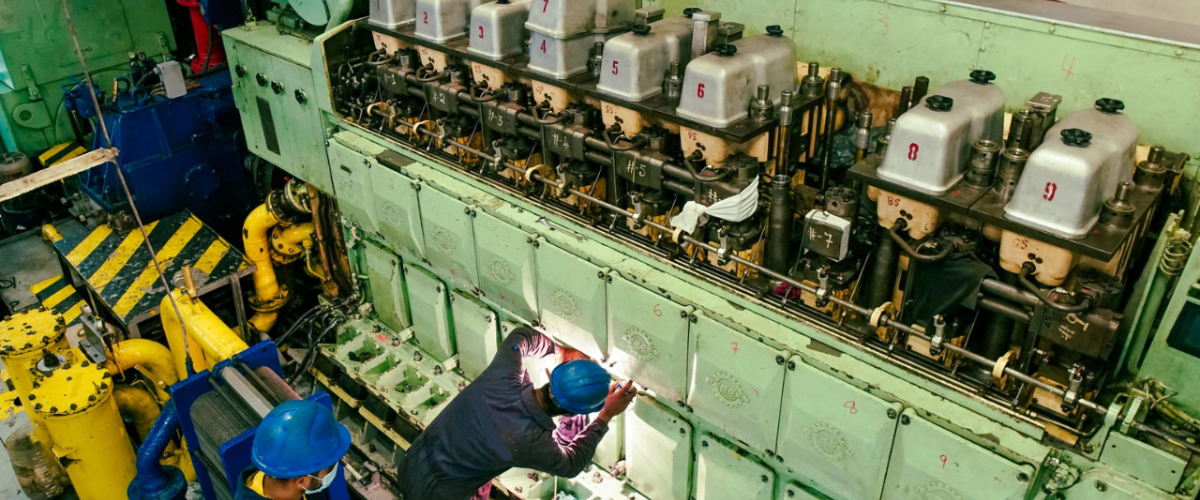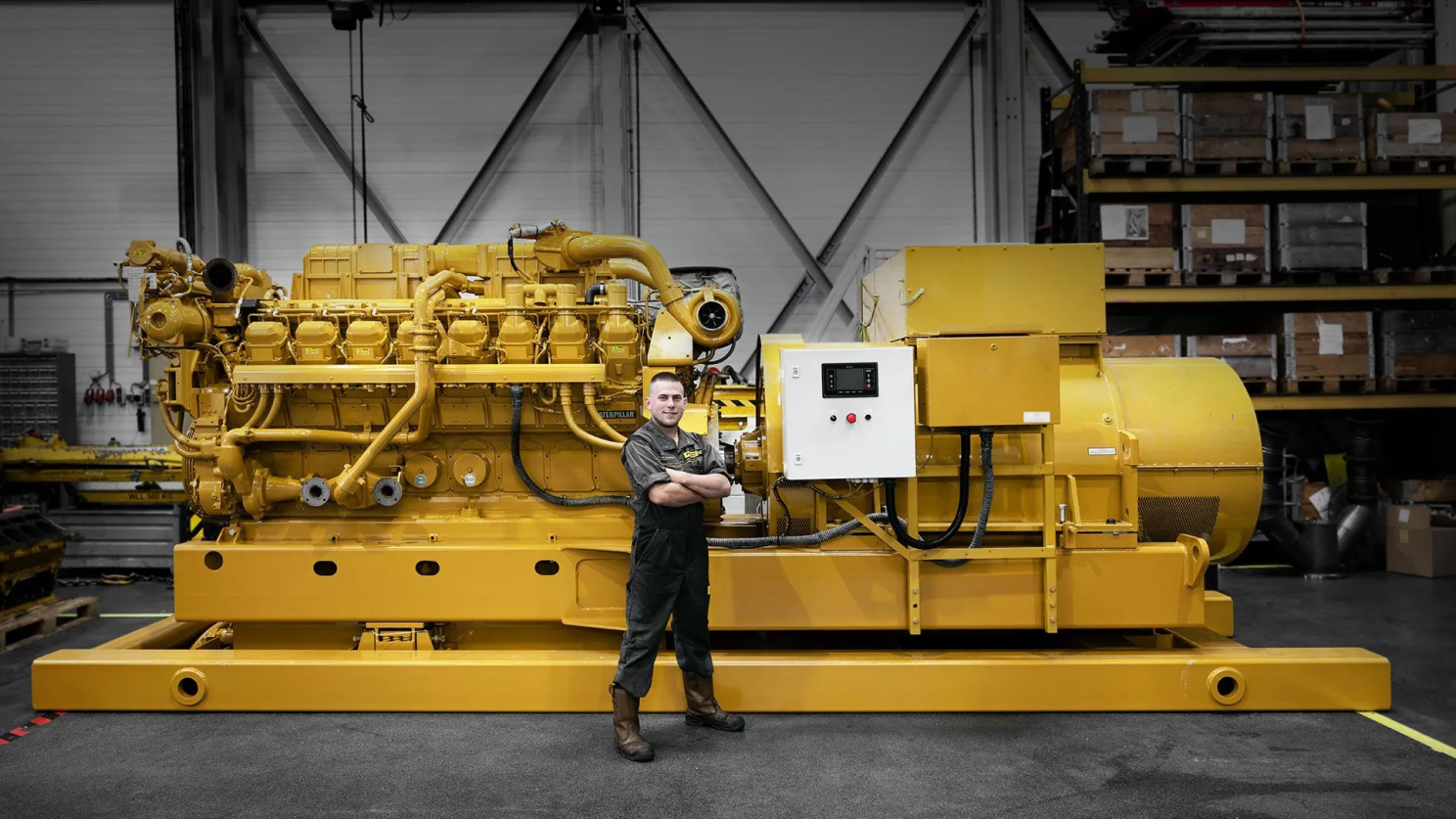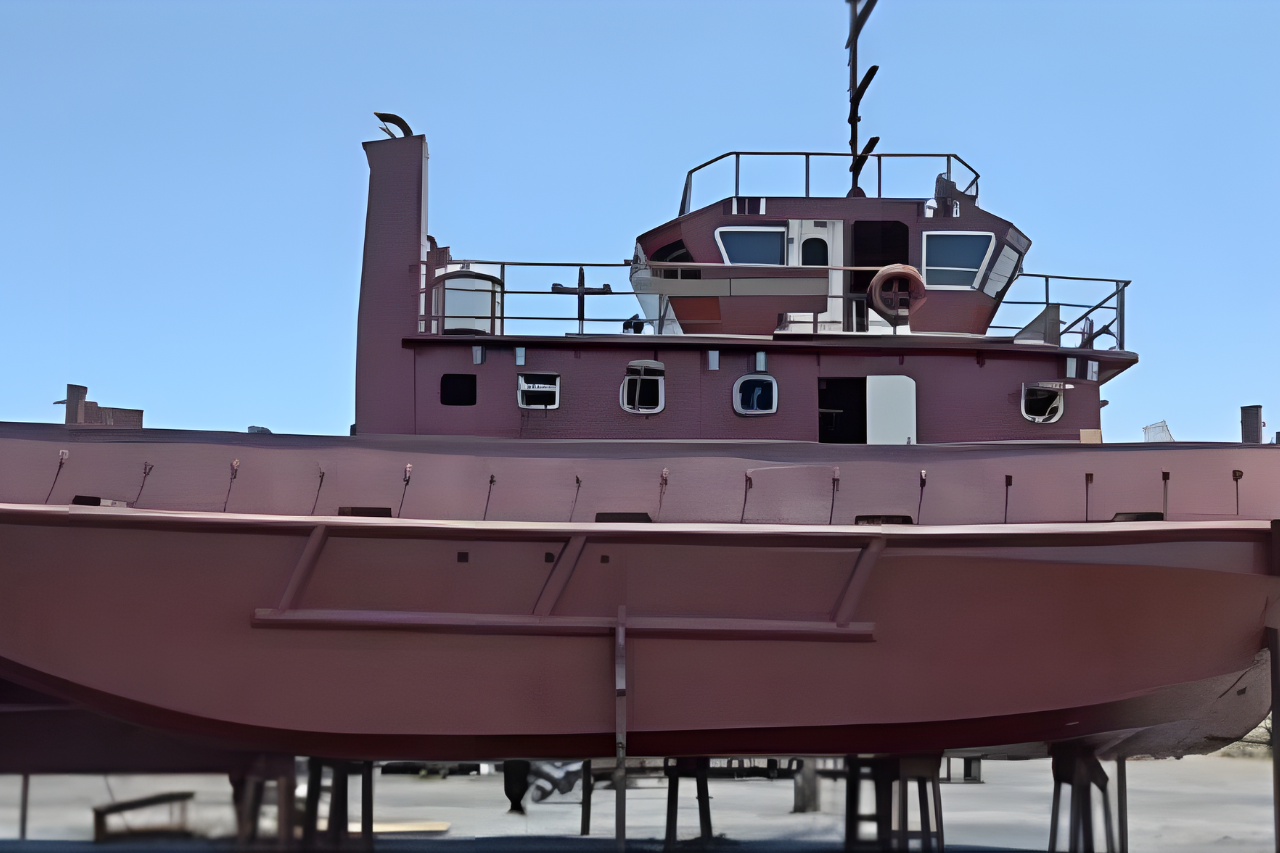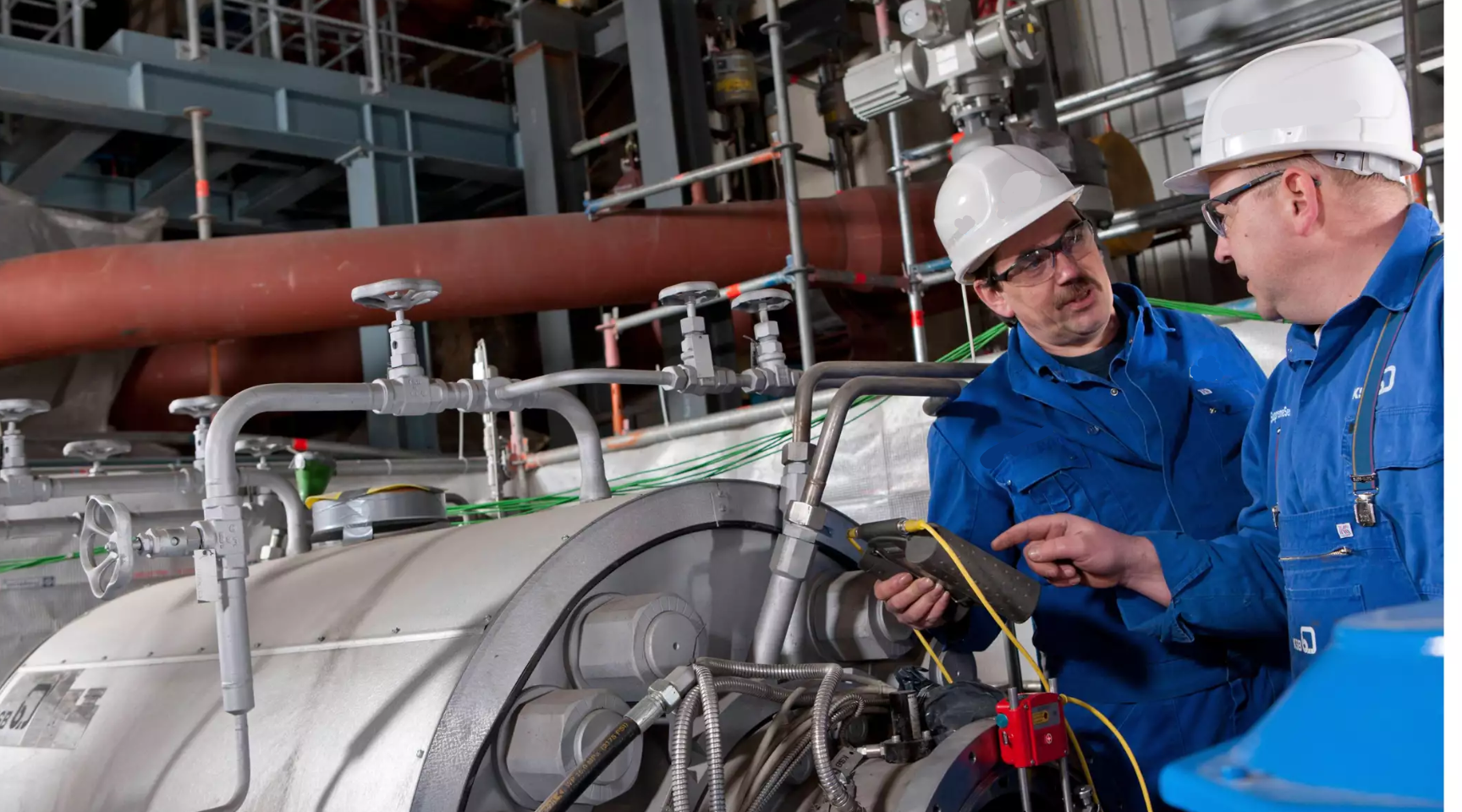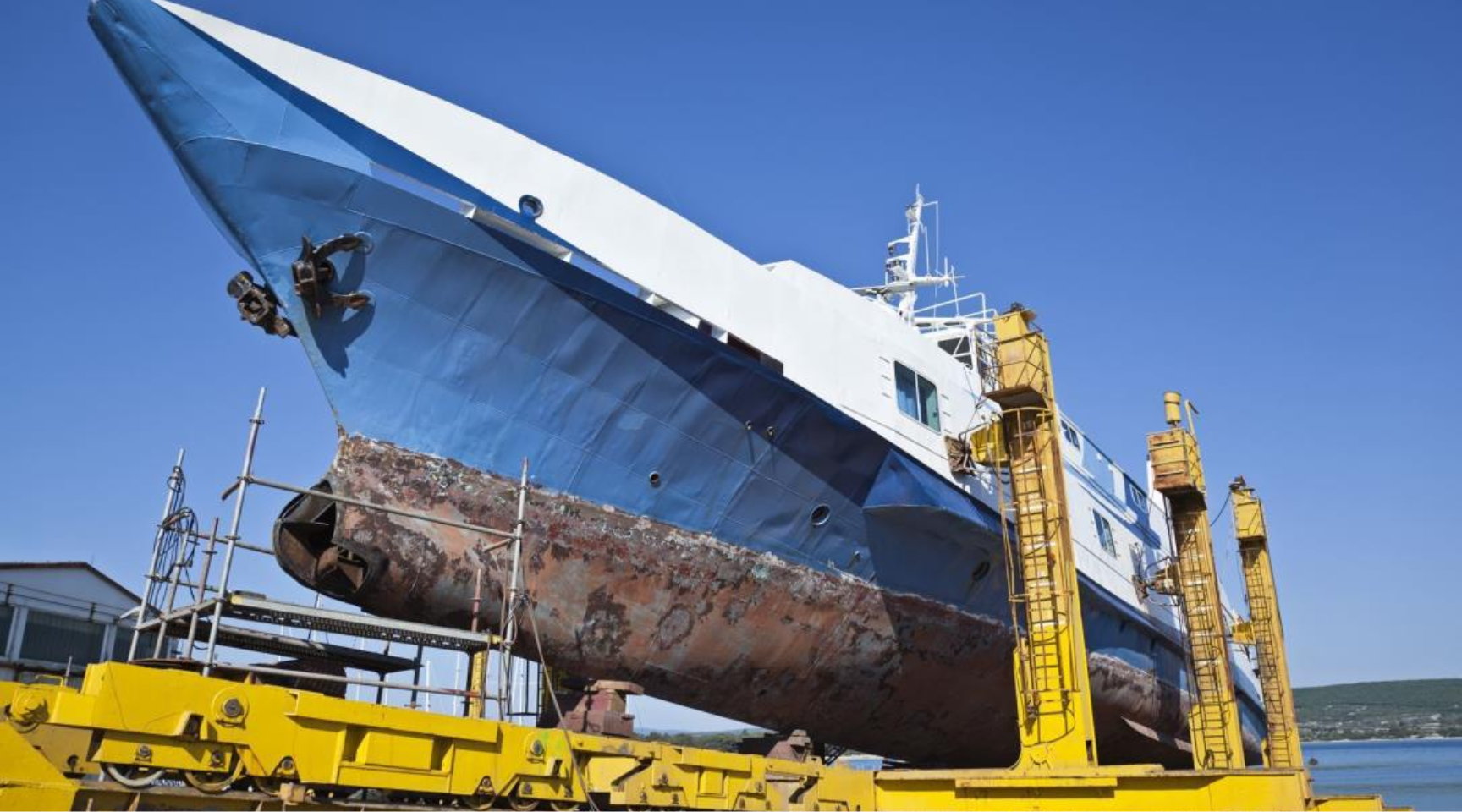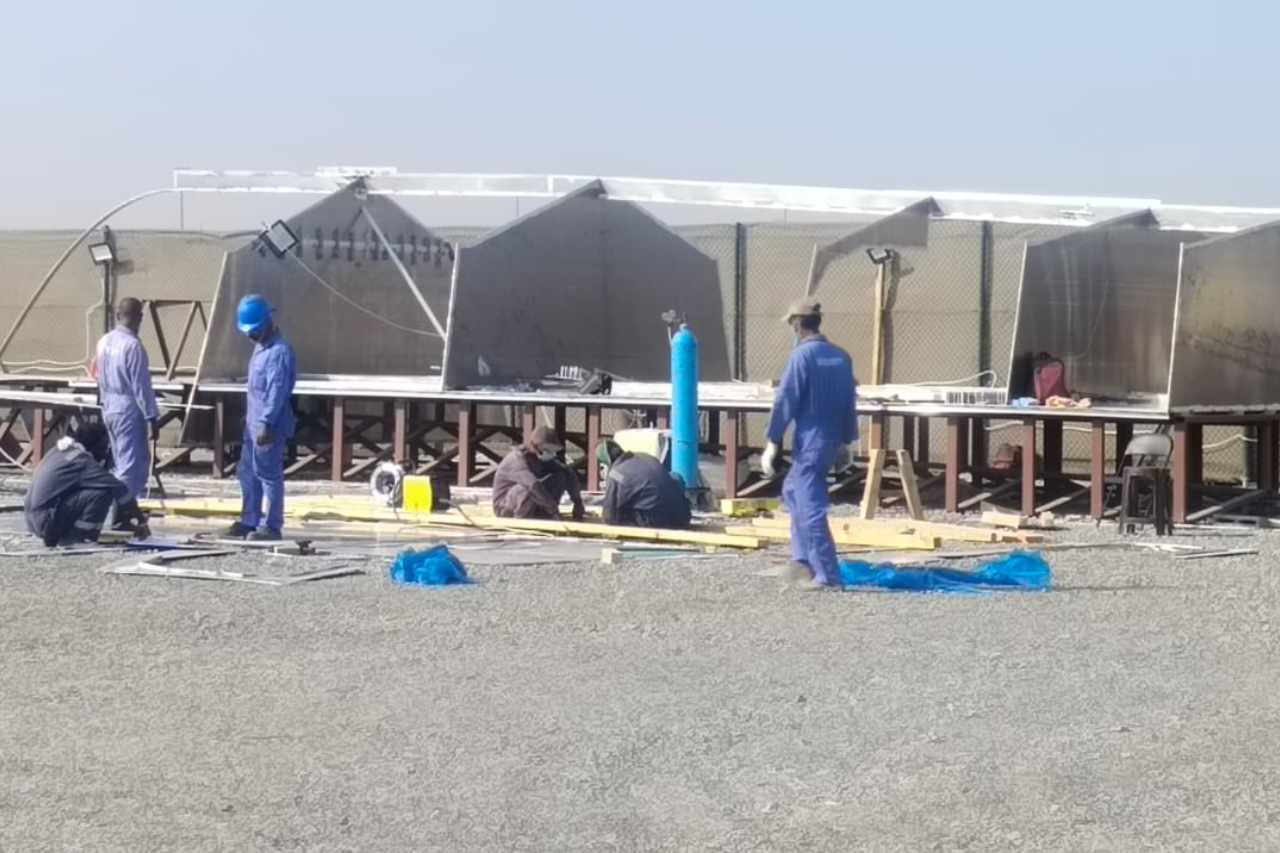Dive into the world of aluminium boat building—from design concept to coastal deployment. Discover how innovation, craftsmanship, and sustainability merge to redefine the marine manufacturing industry in 2025.
Aluminium boats have become the silent disruptors in modern marine construction. What was once a material reserved for lightweight dinghies or niche vessels has now claimed its space in tug construction, passenger ferries, workboats, and even luxury crafts. In 2025, aluminium isn’t just an alternative—it’s the preferred medium of top-tier marine manufacturers around the world.
What makes aluminium boat building such a compelling evolution in marine engineering? It lies in a perfect fusion of material science, design philosophy, environmental responsibility, and craftsmanship.

1. Why Aluminium? The Material Advantage
Aluminium’s popularity in boatbuilding isn’t some fleeting trend—it’s rooted in real-world advantages that steel and fiberglass can’t compete with:
- Lightweight Yet Strong: Aluminium boats are up to 40% lighter than steel, leading to better fuel efficiency and handling.
- Corrosion Resistance: Particularly useful for saltwater vessels, aluminium develops a self-protecting oxide layer that resists rust.
- Recyclability: It’s infinitely recyclable, making it the poster child for sustainable shipbuilding.
- Low Maintenance: Unlike wood or fiberglass, aluminium needs no painting, no sealing, and is easy to clean.
Whether you’re building high-speed patrol boats or sturdy tugs, these benefits translate into reduced costs over time and improved operational performance.
2. The Design Philosophy: Marrying Form with Function
The process begins with concept design—but in aluminium boat building, it’s never just about what looks good. It’s about what performs best.
Designers use advanced CAD software and simulation tools to:
- Maximize hull efficiency
- Optimize weight distribution
- Balance buoyancy and speed
Thanks to digital twin technology, designers can test their concepts in a virtual environment before a single sheet of aluminium is cut. This reduces waste, shortens design cycles, and enhances precision.
In fact, some shipbuilding companies in UAE use immersive VR walkthroughs with clients to finalize design layouts, ensuring that every square foot of the vessel aligns with the mission ahead.
3. Cutting and Shaping: Precision at Every Step
Once the design is approved, it’s time to bring it to life. This involves:
- CNC Laser Cutting: Sheets of marine-grade aluminium are cut to millimeter precision.
- Cold Forming: This technique allows builders to bend the metal without compromising its integrity.
- Modular Assembly: Hulls are often assembled in modules, which are later welded together for seamless integration.
In 2025, many builders are integrating robotic welding arms and automated handling systems to improve build speed and safety. But the human touch isn’t lost. Skilled welders still play a vital role in the finishing process, ensuring that seams are strong, smooth, and seaworthy.
4. Safety First: Engineering for Reliability
No matter how sleek or fast a boat looks, its true worth lies in how it handles under stress. Aluminium has a high strength-to-weight ratio, making it perfect for situations where reliability is non-negotiable—like search and rescue operations or heavy-duty towing.
Safety features include:
- Watertight bulkheads
- Reinforced keels and hull ribs
- Foam-filled compartments for buoyancy
Some marine service providers in UAE are now embedding real-time structural sensors within aluminium frames. These alert operators to metal fatigue, stress fractures, or impact zones long before they become critical.

5. Sustainability in Every Rivet
Eco-conscious manufacturing is no longer optional. Aluminium boat building leads the charge with:
- Lower emissions during construction
- Minimal lifecycle waste
- Energy-efficient operation
Several ship manufacturing companies in UAE now use solar-powered shipyards, rainwater harvesting for cooling, and repurpose scrap aluminium from previous builds. Even coatings have evolved—with non-toxic, biofouling-resistant paints replacing harmful anti-fouling chemicals.
6. Real-World Applications: From Workboats to Wonders
a. Tug Boats
Modern aluminium tugs are fast, durable, and can handle high bollard pulls without the weight penalties of steel.
b. Passenger Ferries
Reduced weight equals fuel efficiency, and smoother rides. Aluminium allows for sleek catamarans with low drafts and high passenger comfort.
c. Luxury Crafts
Builders are now combining aluminium with teak, carbon fiber, and smart glass to craft elite yachts that are both aesthetic and aerodynamic.
One project in Abu Dhabi saw a fleet of aluminium patrol boats completed in record time, with modular weapon mounts, drone launch pads, and hybrid propulsion—a feat only possible through collaboration with leading marine services in UAE.
7. The Labor of Innovation: Skilled Hands Meet Smart Tools
Skilled labor is still the heartbeat of boatbuilding. But now, it’s enhanced with:
- VR welding simulators for training
- Digital blueprints that update in real-time
- Exoskeletons that reduce physical strain
Some ship building companies in UAE have partnered with local vocational colleges to create a pipeline of next-gen fabricators, combining craftsmanship with coding.
The future belongs to builders who blend tactile knowledge with tech fluency.
8. Agile Deployment: From Yard to Open Water
Aluminium boats are faster to launch due to their modular nature. Their lighter frames also simplify transport logistics—whether via flatbed truck or container ship.
For naval or commercial clients, this means:
- Shorter lead times
- Custom delivery schedules
- Easier relocation of assets
Shipbuilding companies in UAE now offer deployment packages that include onboard systems calibration, crew training, and predictive maintenance scheduling.
9. Maintenance and Longevity: Built to Last
Aluminium boats are known for their endurance. With proper care, these vessels can operate for decades. Maintenance includes:
- Regular cleaning (no special products needed)
- Periodic welding inspections
- Touch-up on protective coatings
Many marine service providers in UAE offer subscription-based upkeep packages that ensure longevity while minimizing downtime.
And in case of decommissioning? Aluminium retains high resale value due to its recyclability.
10. The Horizon: What’s Next for Aluminium Boat Building?
As the marine industry evolves, so does aluminium shipbuilding. Some future trends include:
- Smart Hulls: With embedded sensors and self-healing materials
- AI-Optimized Designs: Generated through machine learning algorithms
- Eco Hybrids: Aluminium-electric hybrid vessels for emission-free travel
Expect to see even more cross-sector collaboration. For example, car manufacturers entering marine design, or AI startups revolutionizing hull dynamics.
The innovation potential is as vast as the ocean itself.

Final Thoughts: A Sea Change Worth Navigating
Aluminium boat building isn’t just a technical discipline—it’s an evolving art form. From sleek ferries gliding across the Gulf to rugged tugs pulling freighters in bustling ports, aluminium is rewriting the rules of marine construction.
As environmental demands, economic pressures, and user expectations grow, so does the need for smarter, lighter, and more sustainable vessels.
And who’s leading the charge? Visionary builders like the ship manufacturing companies in UAE who understand that true progress lies in crafting vessels that don’t just survive the sea—they shape its future.
In 2025, aluminium is more than a material. It’s a movement.

